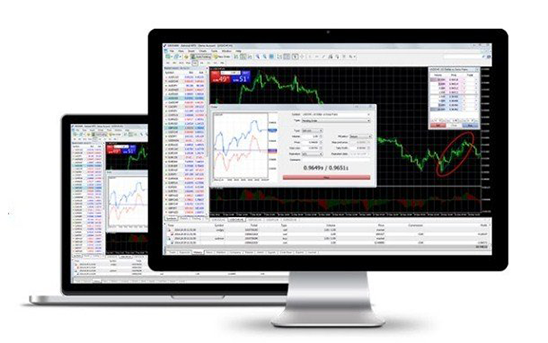Developing a successful forex trading strategy requires more than just luck—it’s built on discipline, analysis, and understanding key market dynamics. A strong strategy provides a framework to make informed decisions while mitigating risks, ensuring both new and experienced traders can achieve consistent results. Here’s a step-by-step guide on creating a winning Forex Trading strategy.
Understand the Forex Market
The forex market is one of the largest financial markets globally, with daily trading volumes exceeding $7.5 trillion in 2022. To create a robust strategy, it’s crucial to grasp the basics. Learn about currency pairs, market sessions, and price movements influenced by geopolitical events, economic data, and trading sentiment. Staying updated with these factors ensures better-informed trading decisions.
Key Metrics to Track:
•Volatility trends
•Historical currency pair performance
•Macroeconomic indicators (e.g., GDP growth, interest rates)
Define Your Trading Goals
Establishing clear objectives is central to strategy building. Ask yourself:
•What are your financial goals? (e.g., build passive income or achieve quick short-term gains)
•How much capital are you willing to risk?
•Will you focus on long-term trades or short-term scalping opportunities?
Goals should align with your trading style to ensure consistency and realistic expectations in the marketplace.
Choose a Trading Style
Select a trading style that matches your risk tolerance and schedule. Some key strategies include:
1.Day Trading
Trading currencies within a single day to take advantage of minor price fluctuations. This time-intensive method typically requires high discipline, leveraging minute-by-minute analysis.
2.Swing Trading
Holding positions for days or weeks to capitalize on medium-term trends. Swing traders analyze patterns and technical indicators.
3.Position Trading
A long-term strategy focusing on macroeconomic trends rather than short-term price swings.
Backtest Your Strategy
Test your trading strategy using historical data to identify its effectiveness under various market conditions. Platforms like MetaTrader and TradingView provide backtesting tools to simulate trades.
Key Performance Indicators (KPIs) to Consider:
•Win-loss ratio
•Average return per trade
•Maximum drawdown
A backtested strategy with consistent results increases your confidence when trading live.
Monitor Risk and Adapt
Risk management is crucial for long-term success. Successful traders often risk no more than 1-2% of their capital per trade. Additionally, continuously evaluate your strategy and adapt it as market conditions evolve.
By combining technical expertise, market awareness, and proper risk management, traders can build a forex trading strategy that consistently generates results and minimizes losses. Successful strategies aren’t static; they evolve with experience and changing market dynamics.



